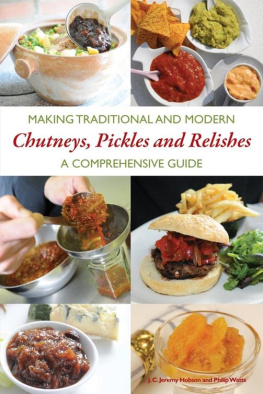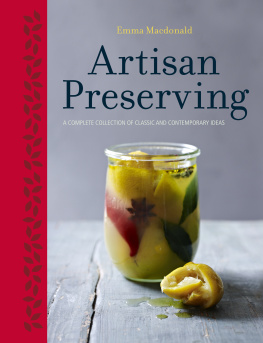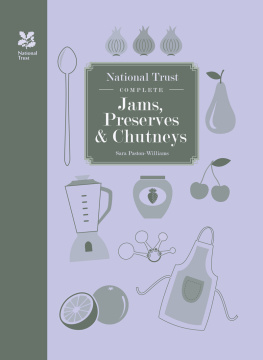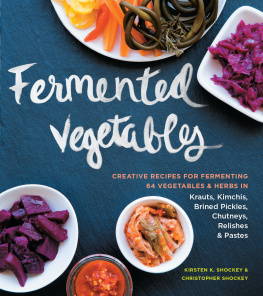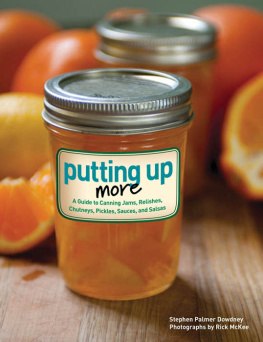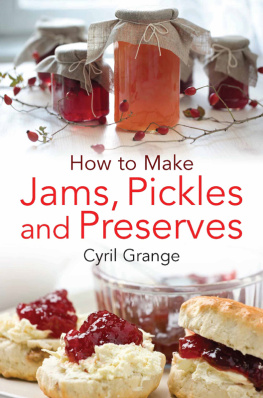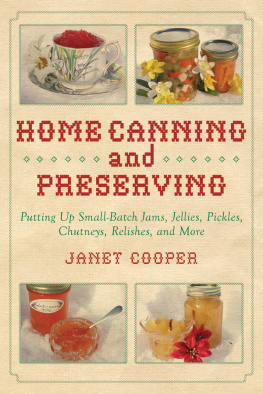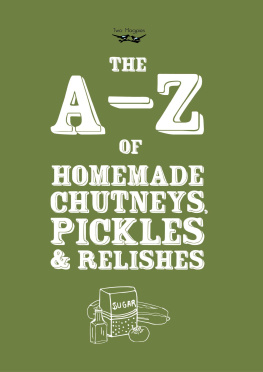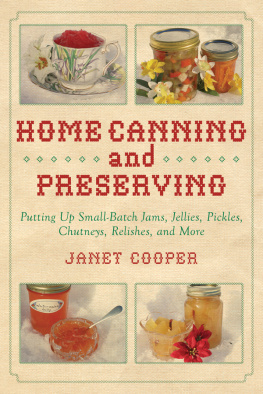First published in 2010 by
The Crowood Press Ltd,
Ramsbury, Marlborough,
Wiltshire, SN8 2HR
www.crowood.com
This e-book edition first published in 2013
J.C. Jeremy Hobson and Philip Watts 2010
All rights reserved. This e-book is copyright material and must not be copied, reproduced, transferred, distributed, leased, licensed or publicly performed or used in any way except as specifically permitted in writing by the publishers, as allowed under the terms and conditions under which it was purchased or as strictly permitted by applicable copyright law. Any unauthorised distribution or use of this text may be a direct infringement of the authors and publishers rights, and those responsible may be liable in law accordingly.
ISBN 978 1 84797 502 7
Photography Acknowledgements
Unless otherwise indicated, the photographs in this e-book were taken by Philip Watts and are his copyright. The authors and publishers are grateful to Rupert Stephenson for providing one additional photograph.
As always, there are several people to thank in connection with the compilation of this book, not least of whom are Lawrence and Julia Murphy, Fat Olives, Emsworth, Hampshire; Chris and Sarah Whitehead, Whites@the Clockhouse, Tenbury Wells, Worcestershire; and Jonathan Waters, also at Whites@the Clockhouse, Tenbury Wells, Worcestershire. Special thanks too must go to Lynn Brodie and Mary Hart the latter of whom was kind enough to let us riffle through her considerable recipe stocks and include many of them within the pages of this book.
Others who have helped tremendously in supplying recipes and in all sorts of other ways are (and in no particular order) Beryl Woodhouse; Mariangela Karlovitch, the Medusa Resort Hotel, Naxos, Greece; Valerie Hardy; Samantha Coley; Ann Lambert; Ann Brockhurst; Kathy Neuteboom of Stonham Hedgerow Ltd, Ipswich, Suffolk (www.stonhamhedgerow.co.uk); Chris and Felicity Stockwell; Sally Hallstead; the Country Womens Institute of Australia; Alexios Theophilus; Theo Cartwright; Andy Hook at BlackfriarsRestaurant, Newcastle; Robin Harford of www.EatWeeds.co.uk; Hall & Woodhouse, family brewers, Blandford St Mary, Dorset; Edd McArdle; Simon Adams and Rosie Robinson who were, at the time of writing, at The Stephan Langton, Friday Street, near Dorking, Surrey; Michael Stamford; Andrew and Jacquie Pern at the Star Inn, Harome, Helmsley, North Yorkshire; Stella Boldy and Doreen Allars.
We have particular cause to be grateful to Tom Stobarts book, The Cooks Encyclopaedia: Ingredients and Processes, published by B.T. Batsford in 1980 without it and its particular definitions we would have not found compiling our book quite so easy. Thank you to Lucy Smith of Anova Books for granting permission to quote from its pages. Thanks, too, to Louise Bilham of the rights department of ITV plc for using all her efforts to gain permission to include the recipes that first appeared in Farmhouse Kitchen II, published in 1978 by Trident International Television Enterprises Ltd.
AUTHORS NOTE
It has obviously been impossible to test every recipe included within these pages. All have, however, been offered in good faith by well-respected chefs: the winners of various trophies at relevant events large and small, amateur cooks, enthusiastic family members and friends, all of whom assure us that their recipes work. Sometimes, however, they have been a little lax in their quantities or methods and, rather than imposing upon them again for yet another favour, we have used our discretion in order to make logical assumptions regarding weights, alternative ingredients or cooking times. The making of country chutneys, pickles and relishes is not, after all, an exact science a point which the newcomer to this method of preserving should always bear in mind.
Also, whilst not doubting in any way their veracity, we cannot guarantee that any recipes given by anyone have not been adapted from those that have already previously appeared in books or on the Internet (bearing in mind the fact that many classic recipes have, over a period of time, come into the public domain). Therefore, should anyone reading this book feel that their own recipes have been taken without permission, we can only offer our apologies and the promise that, if they contact us via the publishers, we will make suitable amends in any future reprints.
WEIGHTS AND MEASURES
Some of the older recipes included in this book have been converted to metric from imperial; a practice that cannot be carried out precisely. For instance, 1oz is actually equal to 28.35 grams, so it is not really possible to measure accurately 25 or 30 grams if you are using imperial measuring spoons, jugs and scales. The same applies to liquid measurements, so, in order to avoid complications, we have in some instances rounded the conversions up or down.
AND FINALLY
The mention of any products, or manufacturers of products, in the text does not in any way mean that they have our endorsement!
J. C. Jeremy Hobson
Philip Watts
Summer 2010
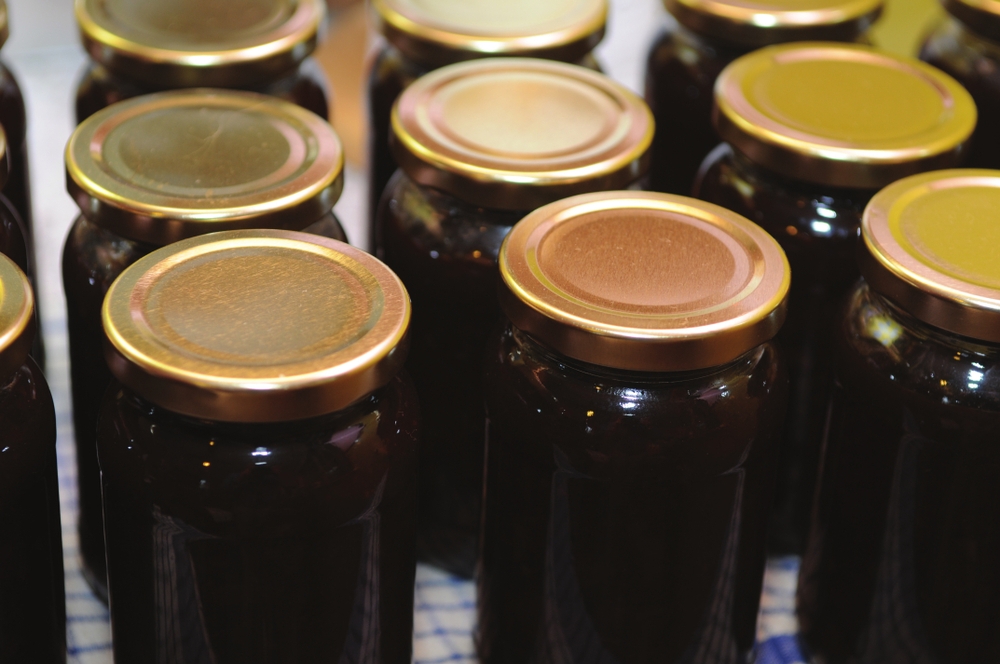
A row of chutneys and pickles makes you look forward to the next occasion they can be used!
Living in the rural countryside, Granny did, quite often, know best when it came to preserving summer and autumn produce in order that it could be safely eaten all year round. Worldwide, chutneys, pickles and relishes were created, not only to use up surplus fruit and vegetables, but also to mask the taste of meat and fish that may have been past its best, or to spice up what might otherwise have proved to be a bland and boring meal. In all its various forms and for whatever reason, creative chutneys and pickle-making was a practice that began many, many generations ago although it proved to be particularly important in some of the more austere years of the twentieth century, when food was hard to come by and what was available needed the addition of something to make it more interesting. (Yes, even the eating of wartime luncheon meat was apparently made almost pleasurable by the inclusion of a spoonful or two of chutney which did, however, have the effect of making chutney less popular after World War II because it brought back memories of hard times.)
During the final, wealthy decades of the twentieth century, however, the Western world possessed more money than possibly ever before and it became, on the whole (with the exception of a few diehards), pretty much a throwaway society, with the result that it was almost unthinkable that anyone would bother making their own chutneys, pickles and relishes, when there were some perfectly acceptable and certainly more easily obtained examples to be found on the supermarket shelves. However, since then, various financial crises, the need to cut down on air miles, an increasing interest in smallholding and a desire to get back to nature together with the popularity of attractive produce being seen by those who would like to use it properly and frugally have brought some of both Grannys principles and Far Eastern cooking techniques back into vogue.
Modern-thinking cooks with a view to the countryside and the sourcing of local produce have not missed any opportunity to utilize traditional recipes and, in some circumstances, have even given them a modern and exciting twist. Recent interest in the art and skills associated with making pickles and chutneys has ensured that the relevant classes in the produce sections of village and county shows no longer merely contain a few pots produced by the older generation of stalwarts, but are now also enthusiastically supported by much younger contestants of both sexes. Farm shops report that, when customers come in to stock up on fresh vegetables, they almost always peruse the shelves containing attractively packaged pickles, chutneys and relishes and, having done so, invariably take one or two jars away with them.

